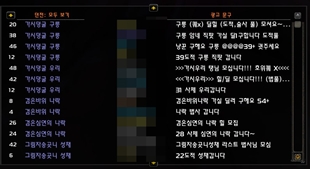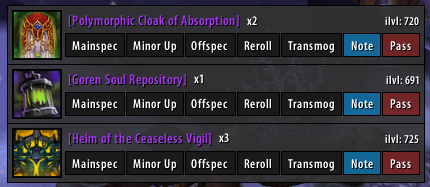
Footnote 13 It is emphasized here that this article’s focus is on the currently applicable policy, not in the least since the exact ramifications of this renewed policy are yet unknown. A definitive reaction will follow this summer, but a “renewed” assessment framework has been announced. Footnote 12 When this article went to press, the minister of Education, Culture and Science gave an initial response stating that government would adopt the Kohnstamm Committee’s recommendations, heralding a more favorable approach for claimants. Footnote 11 Recently, an advisory committee created to evaluate the Dutch restitution policy, also known as the Kohnstamm Committee after its chair, Jacob Kohnstamm, also expressed critical views. Footnote 10 The critical voices have by no means faded into the background. Footnote 9 Proponents of the current arrangements – Fred Hammerstein, for one (that is, the now former chairman of the RC) – have argued the exact opposite, emphasizing that the interest of the victim is paramount in dealing with these claims. With respect to the debate, the claimants, their legal representatives, the claimant organizations, and members of the Jewish community assert that the Netherlands, over time, lost sight of the interests of the victims. Footnote 7 The public interest thus aligns with John Merryman’s argument on the existence of a public interest in cultural property in terms of preservation and access. Since museums, whether private or public, serve the essential functions of preservation and allow public access to cultural objects, their interest coincides with the public interest. Footnote 6 It is underlined here that, in the context of this article, the public interest is understood to encompass either the interest of the museum in terms of retaining its collection or the relevance of a particular work to public art collections and/or the culmination of the two.

Footnote 5 A vigorous debate followed not only within, but also beyond, Dutch borders, which focused on the inclusion of the interest of the museum and the relevance of a particular work to public art collections within the applicable substantive policy framework. Footnote 4 According to Stuart Eizenstat, this binding opinion was a “step back” in the leading role that the Netherlands played after 2001 in the field of restitution of Nazi-looted art. Footnote 3 The RC decided in favor of the municipality on the basis of a weighing of interests the significance of the painting to the collection of the museum outweighed the interest of the heirs. Footnote 2 These critical comments were prompted by the RC’s binding opinion issued just a month earlier in the case of the Lewenstein heirs, which concerned a painting by Wassily Kandinsky owned by the municipality of Amsterdam and on display at the Amsterdam Stedelijk Museum. At a conference held in November 2018 to mark the twentieth anniversary of the Washington Principles, former US Ambassador Stuart Eizenstat, the spiritual father of those Principles, expressed rather critical views of the Dutch restitution policy on Nazi-looted art. Footnote 1 Over the past few years, however, (international) public opinion has begun to change. All in all, it seems that both institutional and substantive vulnerability are inevitable if one embarks on a morally induced framework based on mere policy rules rather than legal rules.Įver since the Dutch Restitutions Committee (RC) was established in 2001 (formally known as the Advisory Committee on the Assessment of Restitution Applications for Items of Cultural Value and the Second World War), the Dutch restitution policy on Nazi-looted art has consistently received international praise for its results in dealing with restitution requests. Recent recommendations issued by the Dutch Restitutions Committee indicate that it takes a generous, rather than strict, approach when dealing with requests for restitution.

Although one might question the appropriateness of such interests in a framework designed to remedy historic injustices, it remains to be seen whether this critique is entirely justified. This assessment framework is entirely based on morally induced policy rules, and it allows the Dutch Restitutions Committee to advise on requests for restitution based on a weighing of interests, including the significance of the work to a museum or public art collection. This article considers the recent and vigorous critique of the Dutch restitution policy on Nazi-looted art in connection with the inclusion of what has been termed the “public interest” in the applicable substantive assessment framework.


 0 kommentar(er)
0 kommentar(er)
